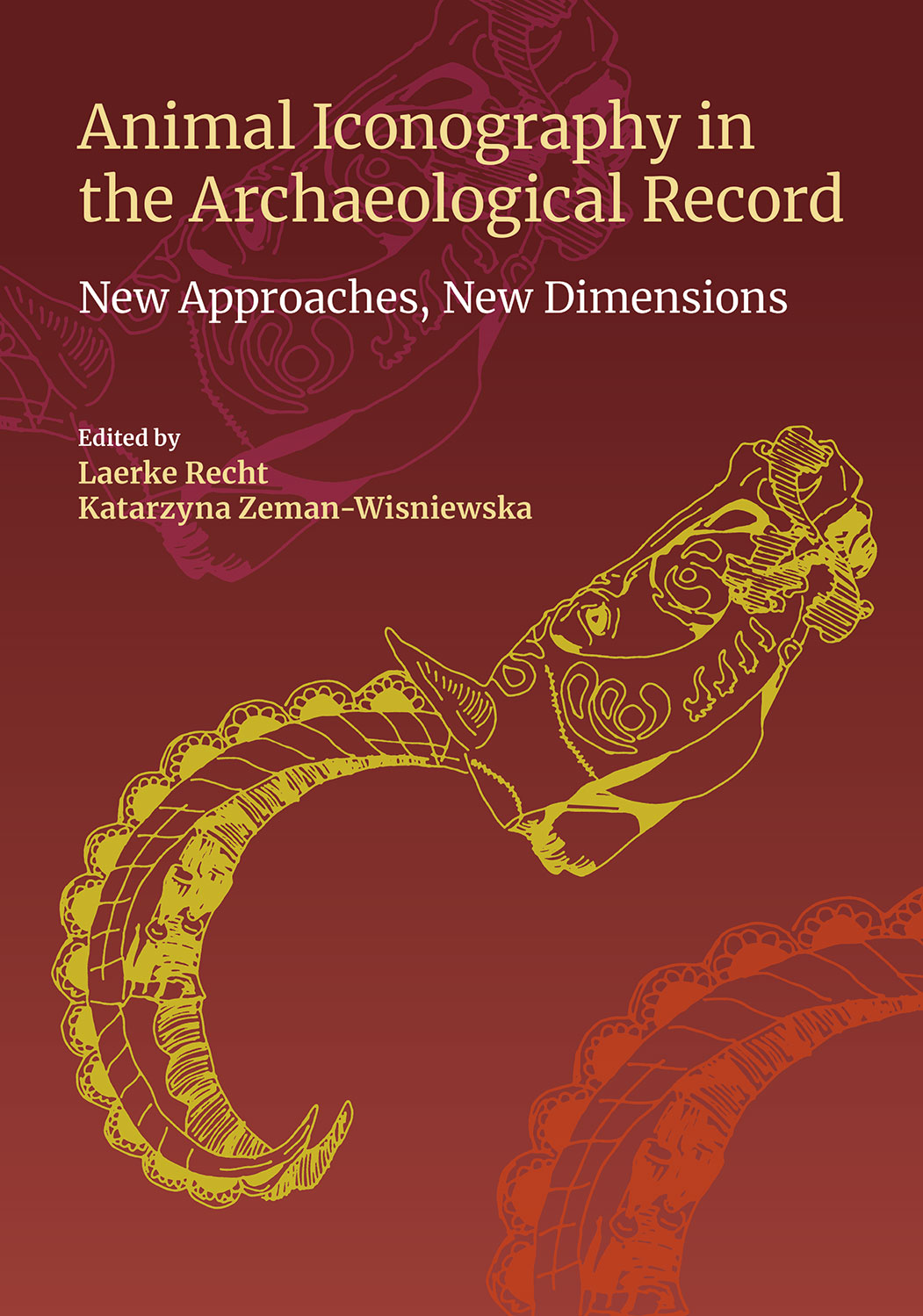Dogs of Roman Britain: Secular, Sacred or Consumed?
Animal Iconography in the Archaeological Record - New Approaches, New Dimensions - Laerke Recht
Branka Franicevic [+]
University of Bradford
Description
Archaeological evidence on the role of the domestic dog in everyday life in Roman Britain is scarce. Dogs had likely been consumed or/and used in ritual practices during Britain’s Iron Age, but little is known as to whether this practice continued in the period of Roman conquest. Inevitably, new material cultures were introduced to indigenous Britons by Romans, and the Empire is known to have used dogs as companions, protectors and hunters, but not for consumption. This paper focusses on three facets that are archaeologically accessible: imagery/iconography, material evidence, and osteology. The aim is to assess the significance the domestic dog had within Iron Age and Romano-British society. This framework is illustrated by comparing evidence from major Romano-British archaeological sites in southern Britain from the early Iron Age (ca. 700 BC) to the late Roman period (ca. AD 450). Numerous depictions of dogs in Roman artwork ranging from statues to terracotta point to the high status of dogs in Roman society and intriguing symbolic roles. Osteological results further indicate a large increase of the number of dogs in indigenous British households from the Iron Age throughout the Roman period. This demonstrates that dogs of all ages lived with humans and were generally kept in good health. It informs us that dogs were used as a food source alongside other domestic animals to a limited extent during the Iron Age, a practice that decreased significantly in the Roman period. This analysis may demonstrate the link between cultural practices and cultural beliefs, connecting the study to broader anthropological research.






